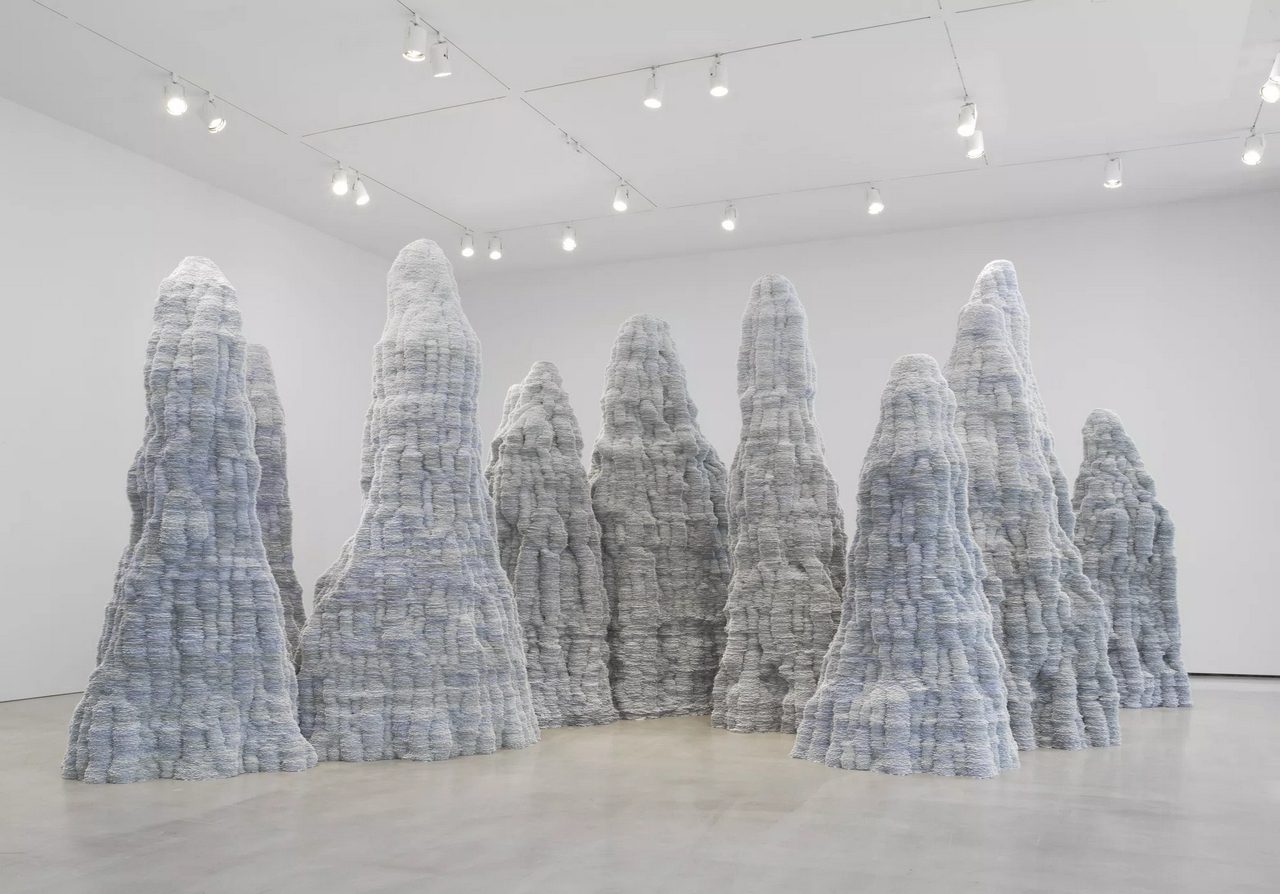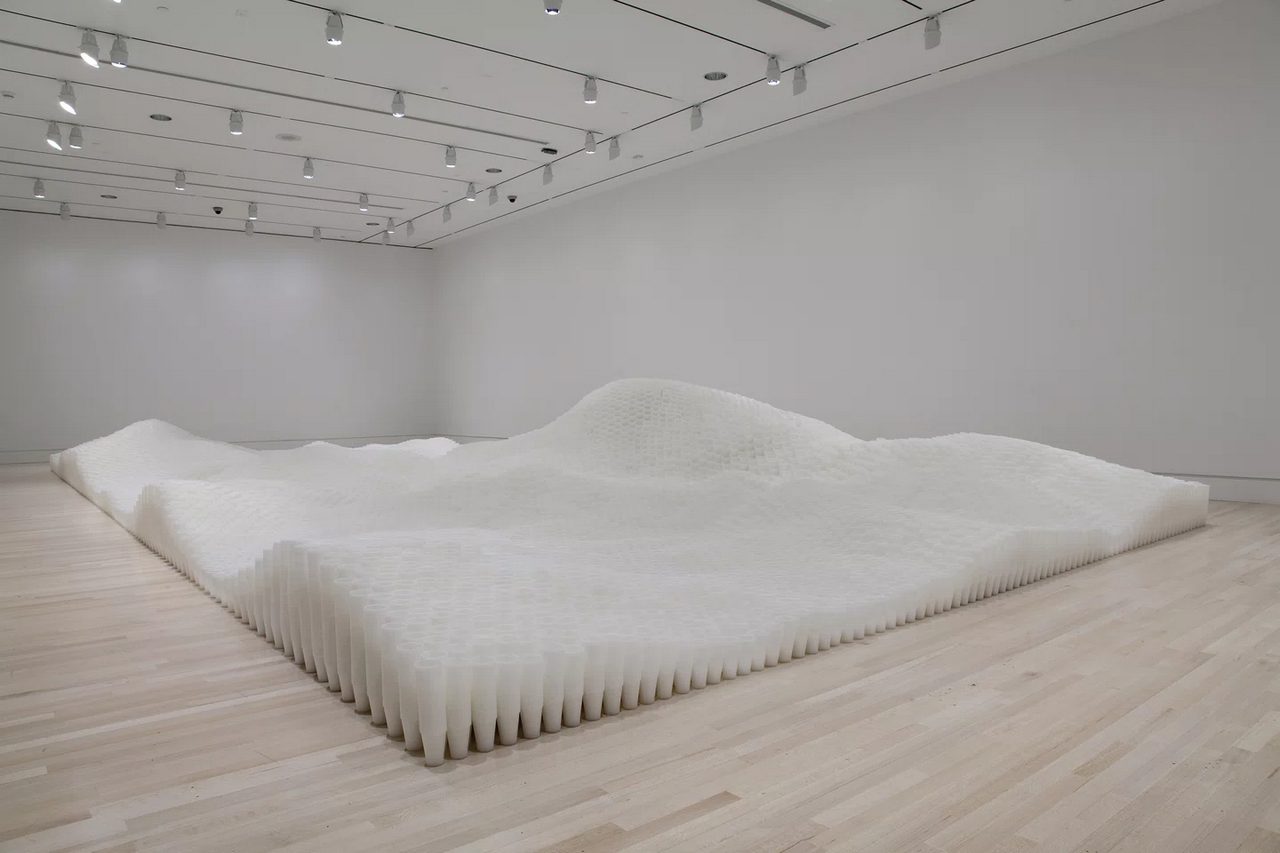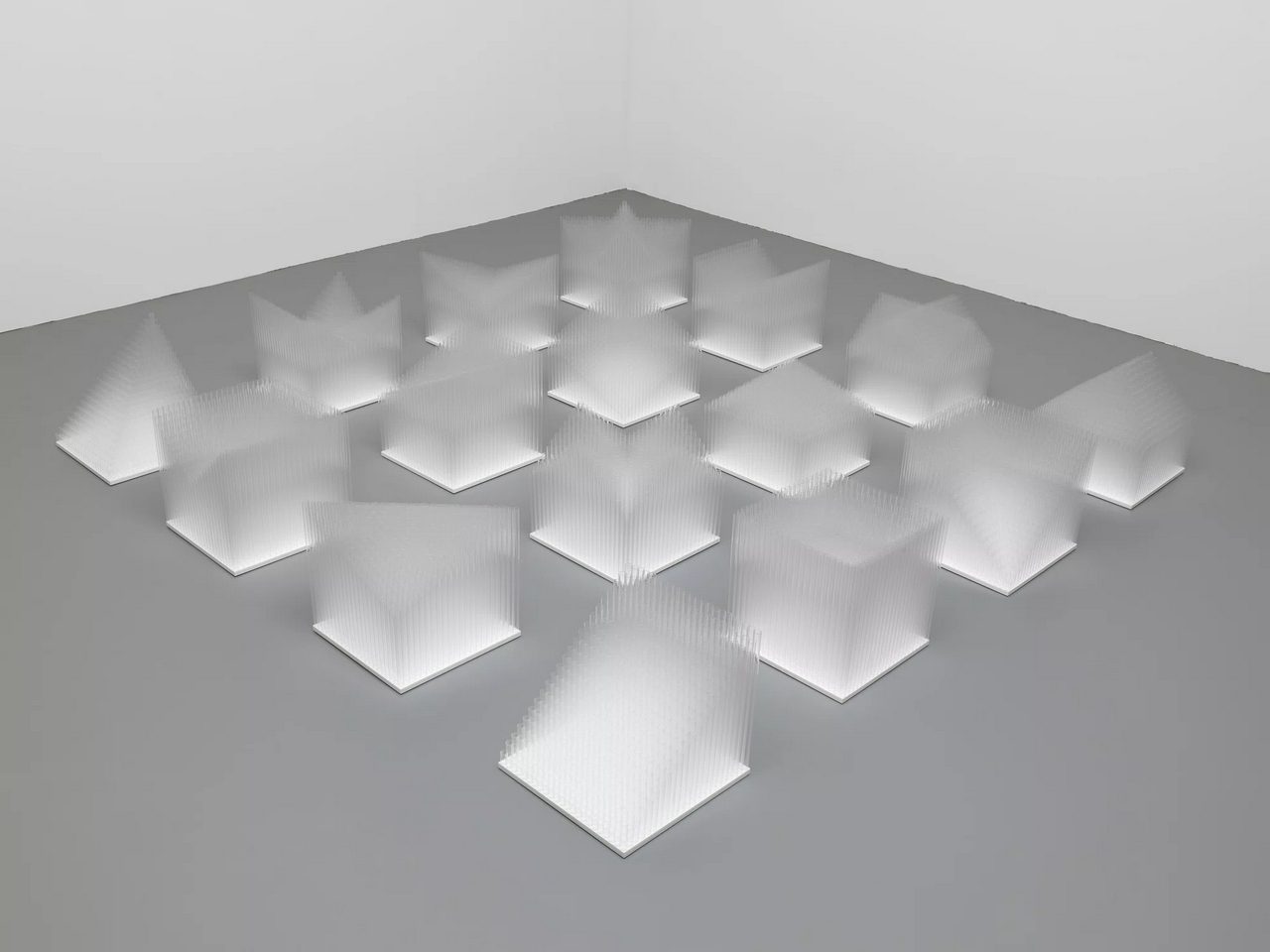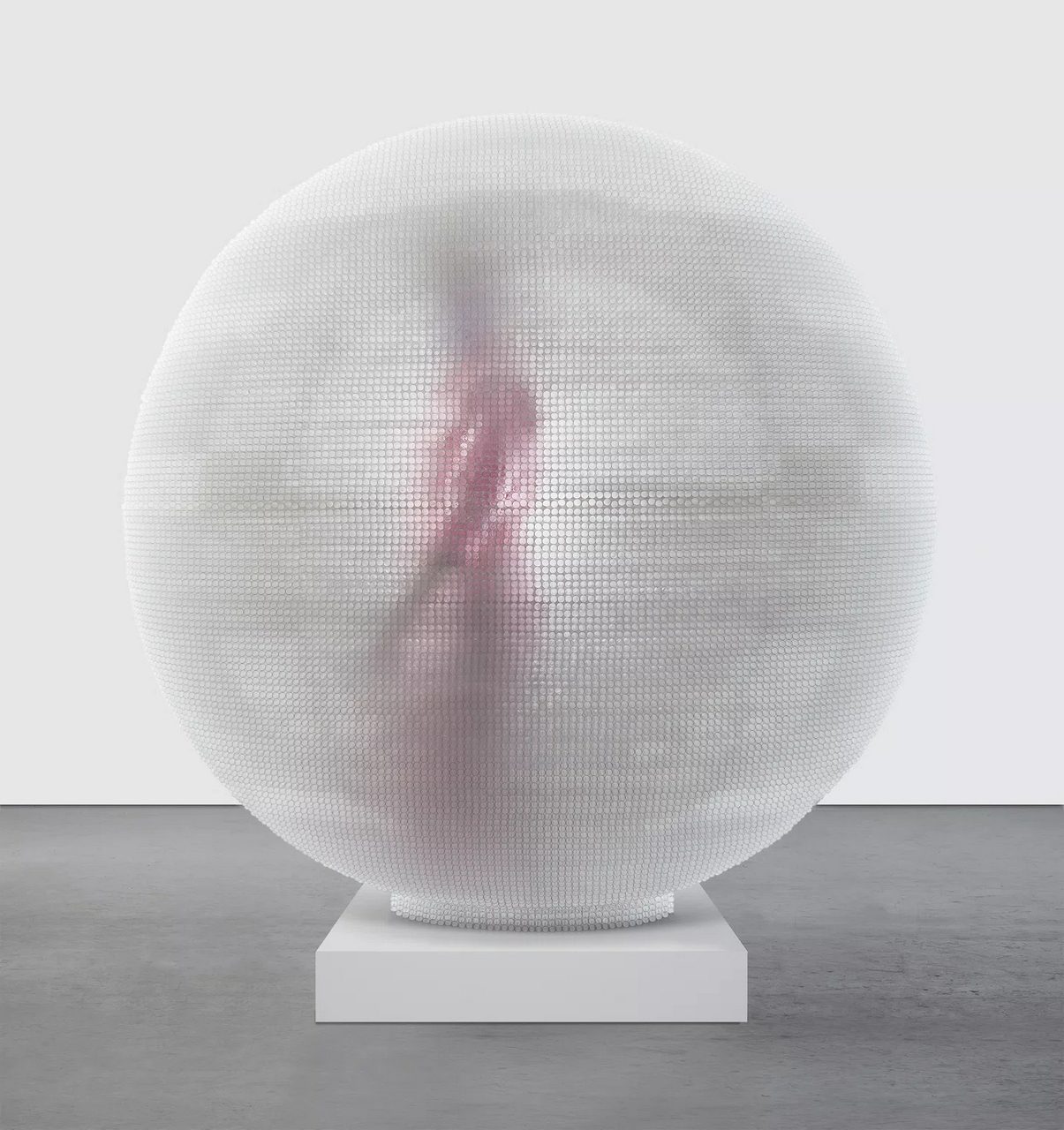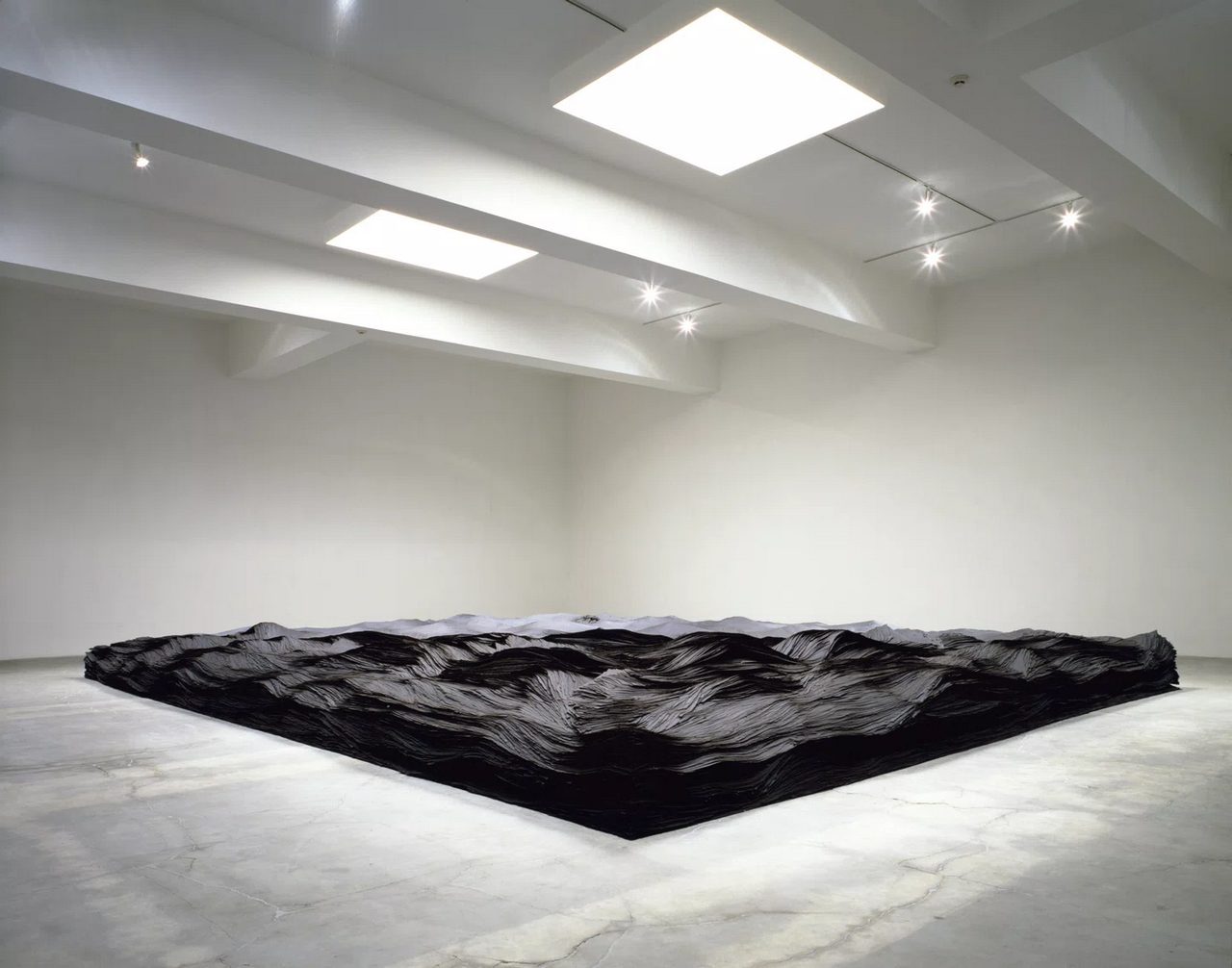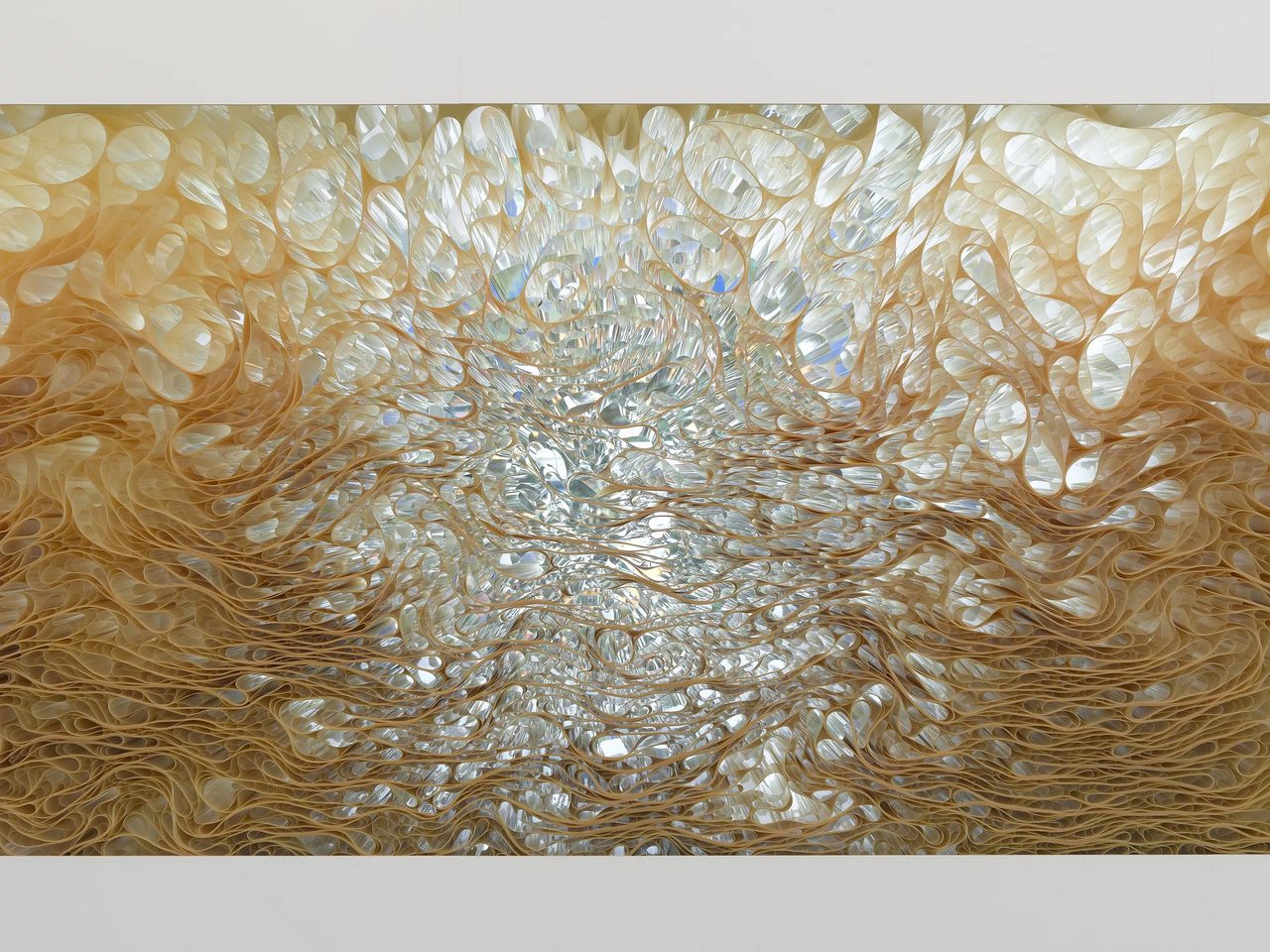ART CITIES: Tokyo-Tara Donovan
For over twenty years, Tara Donovan has created large-scale installations, sculptures, and drawings that utilize everyday objects to explore the transformative effects of accumulation and aggregation. Known for her commitment to process, she has earned acclaim for her ability to exploit the inherent physical characteristics of an object in order to transform it into works that generate unique perceptual phenomena and atmospheric effects.
By Efi Michalarou
Photo: Pace Gallery Archive
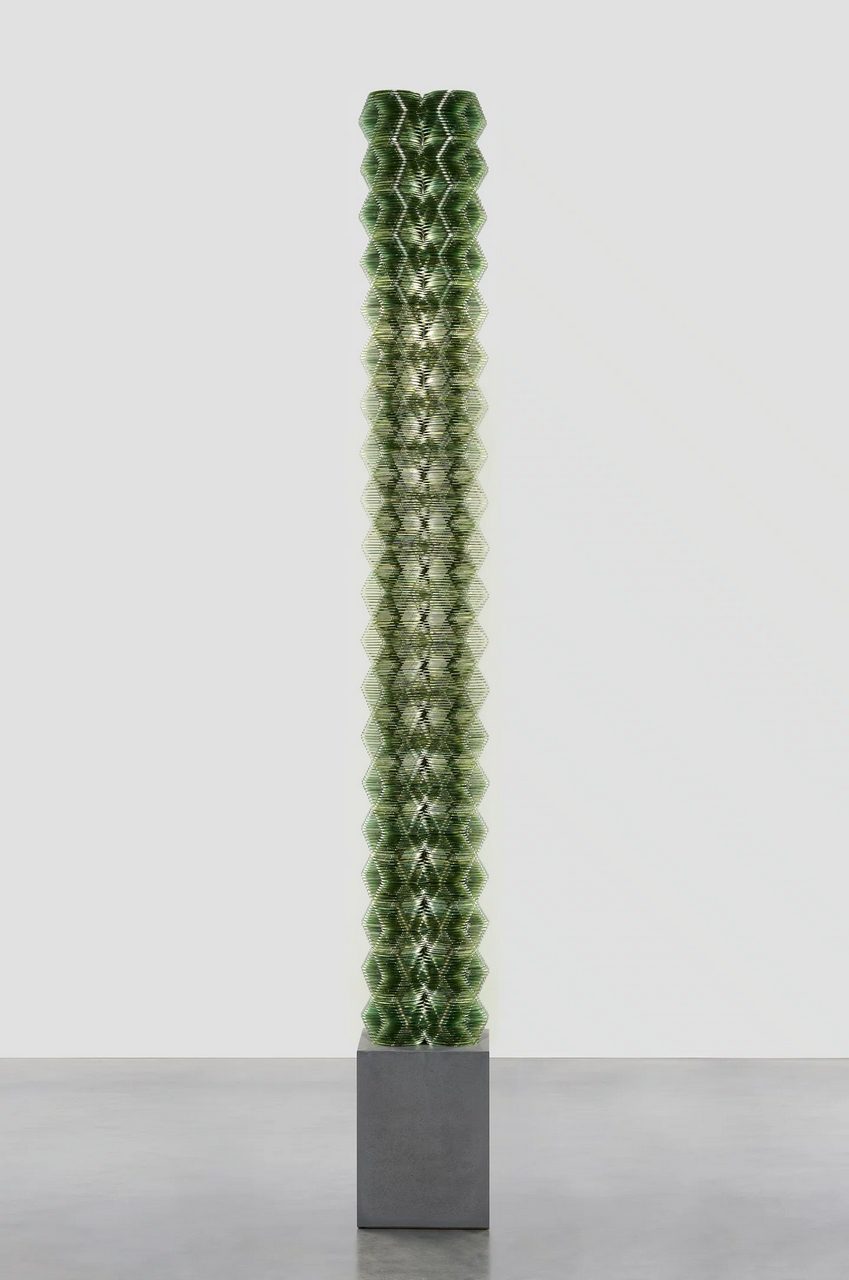
By identifying typically overlooked physical properties of modest, mass-produced goods, Tara Donovan creates ethereal works that challenge our perceptual habits and preconceptions. The atmospheric effects of her art align her with Light and Space artists, such as Robert Irwin and James Turrell, while her commitment to a laborious and site-responsive methodology links her to Postminimalist and Process artists, especially Eva Hesse, Jackie Winsor, Richard Serra, and Robert Morris. Tara Donovan’s first solo exhibition in Tokyo brings together sculptures and installations she created between 2003 and 2024. Donovan began her career in the late 1990s and early 2000s. Drawing on the formal languages of the California Light and Space movement, Minimalism, and Postminimalism, she deftly manipulates and transforms everyday materials and objects, from buttons, plastic straws, Styrofoam cups, pencils, CD-ROM discs, and pins to readymade screens and Slinky toys, into shapeshifting sculptures, installations, drawings, and prints that explore the possibilities and limits of human perception. Her phenomenological works both use and misuse nontraditional materials, turning them into visually dazzling compositions without obliterating their fundamental essences or histories as objects from daily life. The artist’s exhibition in Tokyo sheds light on the evolution of her practice over the last two decades, highlighting her immense technical skill and her enduring interest in enactments of accumulation, aggregation, and iteration. The earliest works in the presentation include “Haze” (2003), a site—responsive sculpture made of translucent drinking straws, and a 2004 cube sculpture composed entirely of straight pins held together by friction and gravity alone. A 2011 sculpture created with Mylar and hot glue, measuring some four feet tall, speaks to Donovan’s explorations of organic, undulating forms in addition to geometric ones. More recent is a 2024 wall sculpture made of cut and reconfigured Slinky toys and a 2025 pin drawing specially created for this show. “Stratagem IX” (2024), another sculpture in the exhibition, features a vertically oriented structure of found, scavenged, and upcycled CD-ROM discs atop a concrete pedestal. Measuring eight-and-a-half feet tall, this work breathes new life into the banal and outmoded medium of the compact disc. Depending on the time of day and the viewer’s perspective, a range of optical effects unfold across the refractive surface of the sculpture. Mutable and seemingly alive, “Stratagem IX” responds directly to the presence of the viewer’s body as it traverses space. Together, all the works in Donovan’s Tokyo exhibition showcase her ability to find patterns and order in unlikely materials—and to use those materials as prisms for embodied experiences. Soon after receiving an MFA from Virginia Commonwealth University in 1999, she obtained her first major museum solo exhibition at the Corcoran Gallery of Art’s Hemicycle Gallery in Washington, D.C. A year later, she participated in the prestigious biennial of the Whitney Museum of American Art in New York. In the early 2000s, for her first major gallery exhibitions at Ace Gallery in New York and Los Angeles, Donovan mounted a series of site-responsive installations, which became representative of her practice. In celebrated works, most notably “Transplanted” (2001), “Nebulous” (2002), and “Haze” (2003), Donovan created sublime gradients of light, color, translucence, and texture using nothing but tar paper, Scotch tape, and drinking straws, respectively. Despite the artificiality of the material, Donovan’s works often take on biomorphic qualities or evoke natural phenomena, from fog and rock formations to fungal blooms and stalagmites. Other works such as “Colony” (2000), which suggested urban sprawl, gestured to humankind’s mark on the world—the Anthropocene. After her exhibitions at Ace Gallery, Donovan devoted herself to a string of solo projects at distinguished museums. For one such project, Tara Donovan at the Met (2007), she clustered loops of metallic Mylar tape into a scintillating web that proliferated across several walls of the Metropolitan Museum of Art in New York. Reworking the propositions of Minimalism, the artist staged a shifting phenomenological encounter that prompted visitors to circumambulate the space. In recent years, Donovan has employed Slinkys, styrene cards, and pins to create framed, wall-hung works, whose tactile surfaces are animated by optical effects. Operating somewhere between drawing, painting, and relief sculpture, her two series “Drawings (Pins)” and “Compositions (Cards)” are abstract works in direct dialogue with her monumental sculptures constructed out of the same materials. They continue the artist’s rigorous process of experimentation with mundane objects while expanding the possibilities of sculpture in relation to bodies, space, and time.
Photo: Tara Donovan, Untitled (Lever House Project), 2009, © Tara Donovan, Courtesy the artist and Pace Gallery
Info: Pace Gallery, F; Azabudai Hills Garden Plaza-A, 5-8-1 Toranomon, Minato-ku, Tokyo, Japan, Duration:17/5-28/6/2025, Days & Hours: Tue-Sat 11:00-19:00, Sun 11:00-18:00, www.pacegallery.com/
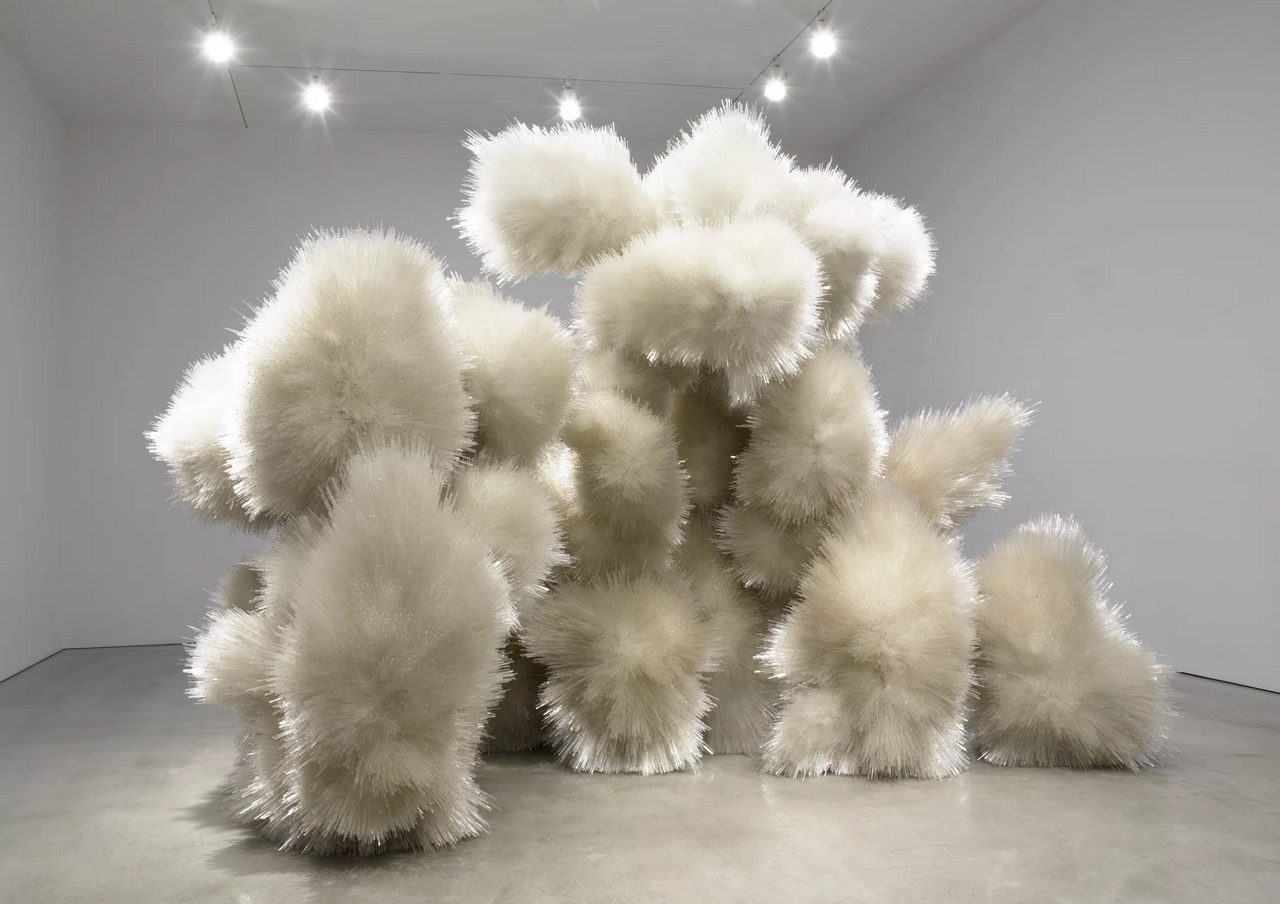
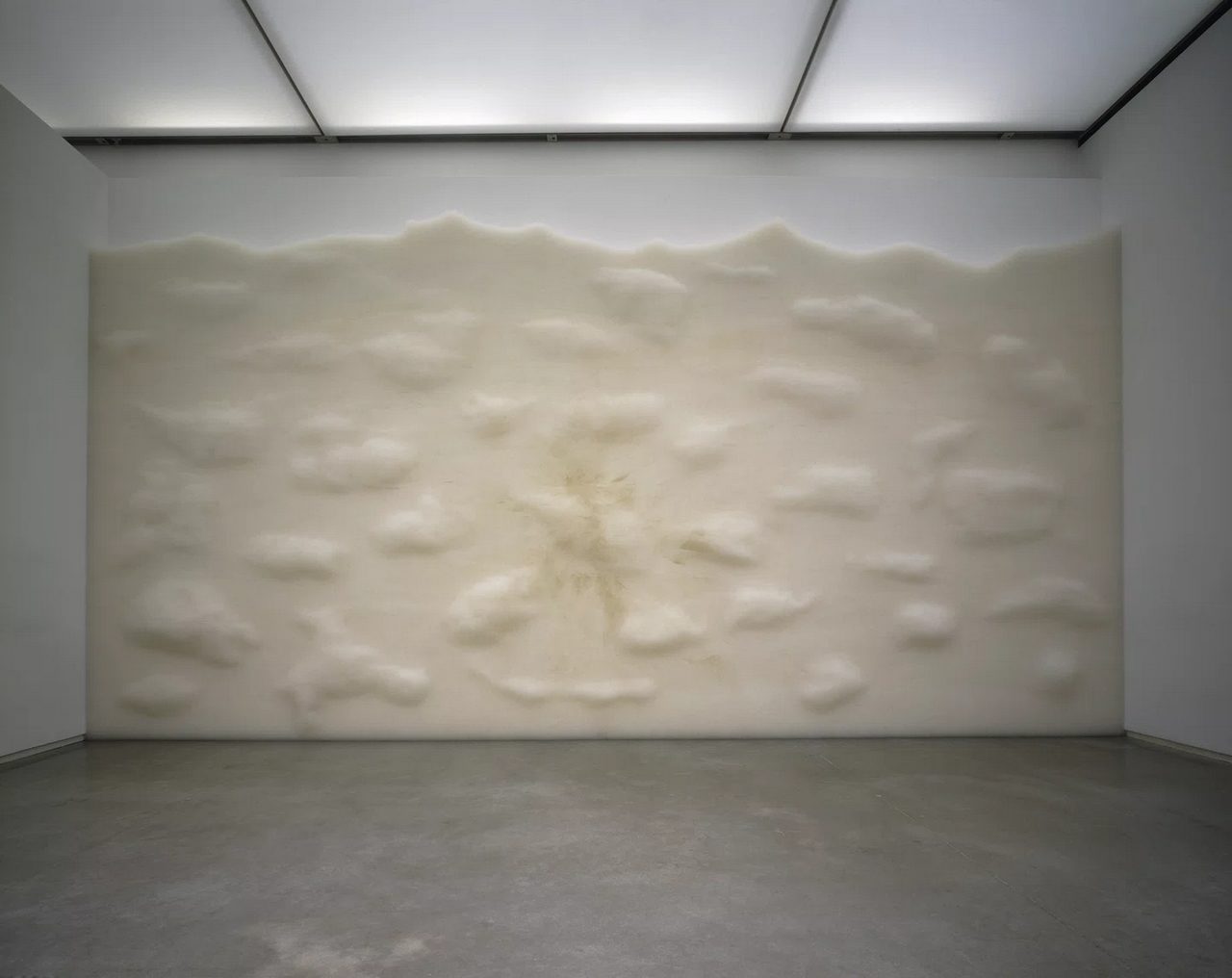
Tara Donovan, Haze, 2005, translucent plastic drinking straws, dimensions variable, © Tara Donovan, Courtesy the artist and Pace Gallery
